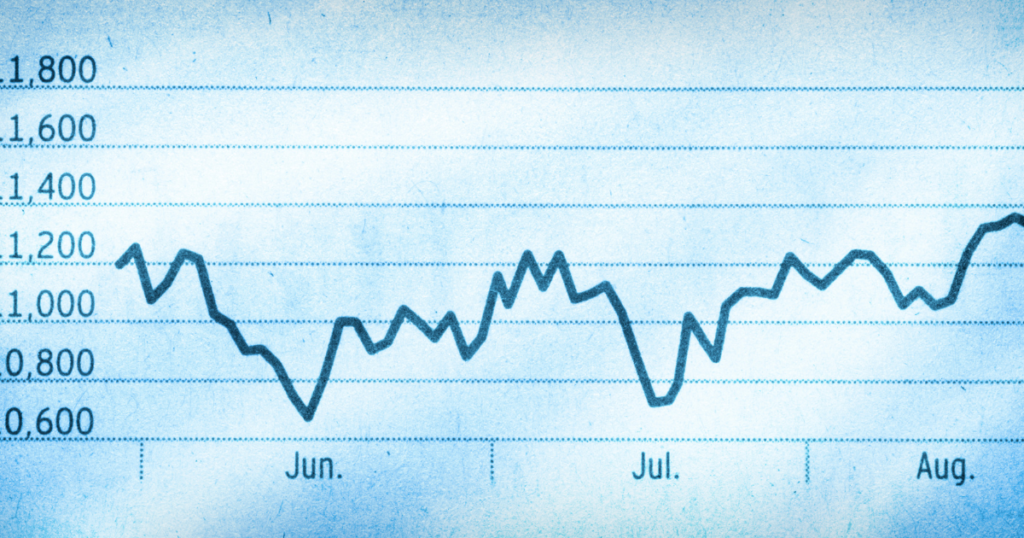Understanding the Dow Jones Industrial Average (DJIA) in 2025
The Dow Jones Industrial Average (DJIA) remains one of the most influential indicators on Wall Street, commanding the attention of investors, analysts, and policymakers alike. In 2025, the DJIA continues to serve as a barometer of U.S. economic strength, corporate profitability, and investor sentiment. Comprising 30 leading blue-chip companies, the DJIA reflects pivotal shifts in global finance and economic trends.
Evolution of the DJIA: A Mirror of Market Dynamics
Since its inception in 1896, the DJIA has undergone numerous transformations, adapting to the realities of modern commerce. In 2025, it features a blend of technology titans, healthcare giants, industrial leaders, and financial powerhouses. This diversified composition offers a panoramic view of the American economy.
The inclusion and exclusion of companies in the DJIA are not arbitrary—they follow a strategic rebalancing to ensure relevance. Recent adjustments highlight the growing dominance of AI firms, green energy innovators, and semiconductor manufacturers, underlining a fundamental shift in economic drivers.
Wall Street’s Daily Pulse: DJIA’s Role in Market Sentiment
The DJIA remains the default shorthand for market health. Every movement—whether a surge or a dip—ripples across global markets, influences Federal Reserve rhetoric, and shapes the narratives on major financial news networks. Institutional investors, hedge funds, and retail traders all turn to the DJIA as a quick-reference gauge of momentum and risk appetite.
In 2025, automated trading algorithms increasingly rely on the DJIA as a core metric, embedding its influence even deeper into the day-to-day mechanics of Wall Street. AI-powered analytics often use DJIA trends to model predictive insights, amplifying its importance.
Sector Rotation and DJIA’s Predictive Power
One of the most critical ways the DJIA shapes Wall Street is through its influence on sector rotation strategies. Traders monitor shifts within the 30 constituent stocks to detect changing economic conditions. A tilt toward industrials suggests cyclical optimism; a rise in healthcare stocks indicates defensive posturing.
In 2025, sectoral behavior within the DJIA is increasingly predictive of broader macroeconomic cycles. Analysts dissect the relative performance of sectors—like tech versus energy—to forecast interest rate directions, inflation expectations, and GDP growth rates.
Corporate Performance and Earnings Influence
As earnings season unfolds, the DJIA companies take center stage. Their quarterly results not only affect their stock prices but also move the entire index, subsequently influencing the sentiment across Wall Street.
Strong earnings from DJIA constituents like Apple, Goldman Sachs, and UnitedHealth often catalyze market rallies. Conversely, missed estimates from these firms can trigger pullbacks across indexes, fund redemptions, and a shift in portfolio allocations.
In 2025, earnings calls are more data-intensive than ever. Investors use AI-generated sentiment analysis to assess CEO tone, word choices, and long-term outlooks—particularly from DJIA members—to inform portfolio decisions.
Geopolitical Events and the DJIA’s Volatility
The Dow Jones remains highly sensitive to geopolitical events. In 2025, ongoing global developments—ranging from trade agreements, regulatory shifts, to supply chain disruptions—have a direct impact on the index.
For example, tensions in semiconductor production regions or changes in green energy policy significantly affect companies like Intel and Chevron, both of which are DJIA components. As a result, the DJIA acts as a real-time geopolitical stress monitor, influencing both domestic and international investor behavior.
Retail Investing Boom and the Dow’s Visibility
The rise of retail investors continues to transform Wall Street. Platforms like Robinhood, Fidelity, and Schwab have democratized access to real-time DJIA data, allowing individual investors to trade with institutional-level insights.
In 2025, we will witness record engagement from Gen Z and millennial investors, many of whom see DJIA stocks as “safe bets.” Their buying power has increased the volatility and liquidity of DJIA components, thereby amplifying the Dow’s influence on Wall Street strategies.
Algorithmic Trading and AI-Driven Decision Making
Modern Wall Street thrives on high-frequency trading (HFT) and AI-driven investment platforms. These systems ingest vast streams of real-time data, with the DJIA at the core of their decision matrices.
In 2025, AI models trained on decades of DJIA historical data are being used to forecast near-term movements. Such models adjust exposure dynamically based on market signals embedded in the Dow’s momentum, sector composition, and volume spikes.
ETF Growth and Passive Investing Impact
The surge in passive investing, particularly through DJIA-linked ETFs like the SPDR Dow Jones Industrial Average ETF Trust (DIA), has reshaped capital flows. As investors allocate funds to DJIA ETFs, money funnels directly into the constituent stocks, further amplifying their market movements.
In 2025, index-based investing represents over 50% of institutional strategy, making DJIA movements a self-reinforcing feedback loop. This ETF-driven exposure strengthens the Dow’s power as both a market influencer and reflector.
Dow Futures and Derivatives Influence
Beyond the index itself, the futures and options markets tied to the DJIA play a critical role in shaping Wall Street’s daily rhythm. In 2025, Dow Futures set the tone for pre-market sentiment, particularly during earnings announcements or macroeconomic data releases.
Hedge funds and institutional traders use DJIA derivatives to hedge against volatility or speculate on market moves, adding layers of complexity and sophistication to its influence.
The Dow as a Branding and Psychological Anchor
Beyond numbers, the Dow Jones Industrial Average holds psychological weight. In 2025, milestones like “Dow 40,000” are celebrated across media, creating a positive feedback loop that fuels further market optimism or panic during downturns.
This branding effect plays a crucial role in investor psychology. Media headlines centered on DJIA movements often shape public perception more than actual fundamentals. Wall Street marketing, political speeches, and central bank statements often reference the DJIA, validating its symbolic power.
Conclusion: The Dow’s Everlasting Impact on Wall Street
The Dow Jones Industrial Average remains a foundational pillar of Wall Street. In 2025, its influence extends far beyond a simple average—it is a predictive tool, sentiment barometer, investment guide, and media icon. As markets become increasingly data-driven and globally interconnected, the DJIA continues to shape the strategic decisions of traders, institutions, and governments alike



